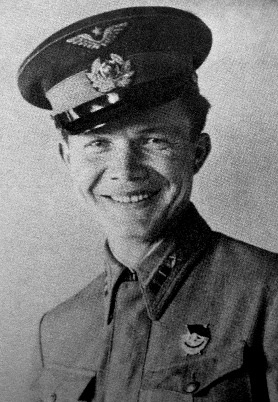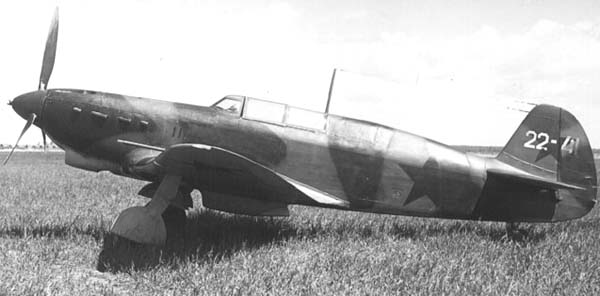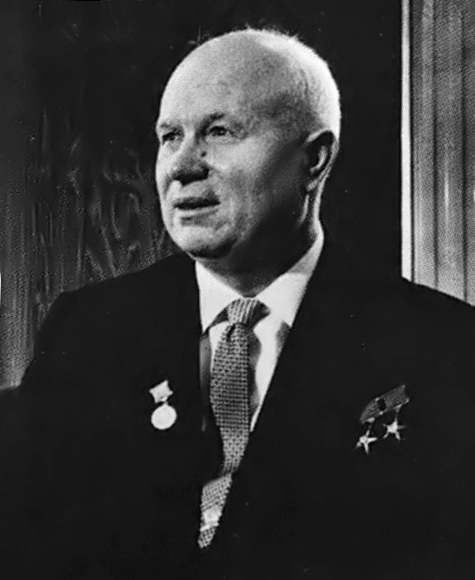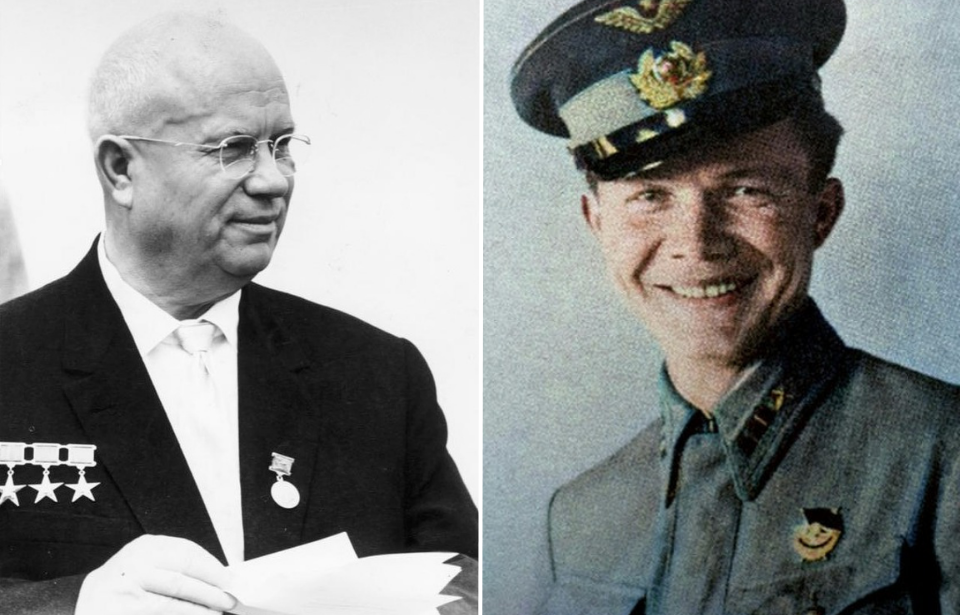Leonid Khrushchev, son of Soviet leader Nikita Khrushchev, served during the Second World War as a fighter pilot for the Soviet Air Force. On March 11, 1943, Khrushchev and his Yakovlev Yak-7 went missing. Neither the aircraft, nor his body were ever found, leading to widespread speculation about his death and loyalties to the Soviet Union.
Leonid Khrushchev’s early career in the Soviet Air Force

Leonid Khrushchev joined the Soviet Air Force in 1935. At the beginning of the Second World War, he joined the 134th Bomber Aviation Regiment, 46th Air Division, stationed out of Andreapol, Kalinin Oblast. During the early months of the conflict, the pilot flew combat missions as part of the Soviet action in Finland, and volunteered to remain on the front following the Winter War.
On July 26, 1941, Khrushchev’s aircraft was attacked by German fighters, resulting in a crash landing that saw the pilot break his leg. While he recovered, he was forced to be idle and wait for the injury to fully heal. This was something he struggled with, and he reportedly spent his time shooting bottles off of his friends’ heads.
During this period, Khrushchev was also said to have killed a drunken naval officer by accident. He was court-martialed, but allowed to return to service. This story would later feature in the speculation surrounding his disappearance.
Disappearance during a dogfight

On March 11, 1943, Leonid Khrushchev and his wingman, Senior Lt. V. Zamorin, entered into a dogfight against two German Focke-Wulf Fw 190s. It was during this air engagement that the pilot went missing, with neither his aircraft, nor his body being located.
After the battle, Zamorin reportedly wrote three accounts of the event, all of which were different. In the first, he said Khrushchev saved him by putting his aircraft between the Fw 190s and Zamorin’s. In the second, the missing pilot is said to have struggled with the controls and never recovered from a deep dive. The third recounted that Zamorin lost track of Khrushchev, who simply disappeared.
Years later, after the death of Nikita Khrushchev, Zamorin retracted his statements, saying he’d falsified some of the events of March 11. In a letter to the politburo, he stated that, when one of the Fw 190s attacked his aircraft, Khrushchev put himself in-between. By taking the German fighter’s fire, the pilot’s aircraft exploded and disintegrated before hitting the ground.
This explained why neither Khrushchev’s body, nor his aircraft were found. It also seemed to confirm what many had said all along, that the pilot had died a hero, worthy of the posthumous honor of the Order of the Patriotic War, First Class. Nothing, however, could stop speculation and stories from being spun.
Speculation regarding Leonid Khrushchev’s disappearance

Following Leonid Khrushchev’s disappearance, stories were told to explain what had happened, many of which shone a negative light on his father. The most notorious claimed the pilot defected to Germany, either through intentionally crashing his aircraft or flying to a German airfield.
As part of this story, Khrushchev was captured at the end of the war by Soviet forces and, having been deemed a traitor, executed on Joseph Stalin‘s orders. The tale continues with his father falling to his knees and begging Stalin to spare his son’s life, to which the Soviet leader responded by telling him to “stand up and get a hold of himself.”
Despite his pleading, Stalin went ahead with the execution, killing Khrushchev.
The possible reason behind this story is the creator’s preference of Stalin over Khrushchev. As Irina Shcherbakova, a member of the Moscow human rights group Memorial, told SFGate, “The reason these rumors persist […] is rooted in the fate of the country, when reformers are considered to be weak and tyrants strong.” She continued, saying it was part of Russia’s “struggle between authoritarianism and reform – of which Stalin and Khrushchev are the two icons.”
More from us: Operation Copperhead Was Almost Compromised By A Drunk Bernard Montgomery Lookalike
What really happened to Leonid Khrushchev? The answer is most likely that he was killed in the dogfight on March 11, 1943. That being said, the truth is at the heart of a very Russian mystery, one that has lasted, and continues to be added to, for over 80 years.
